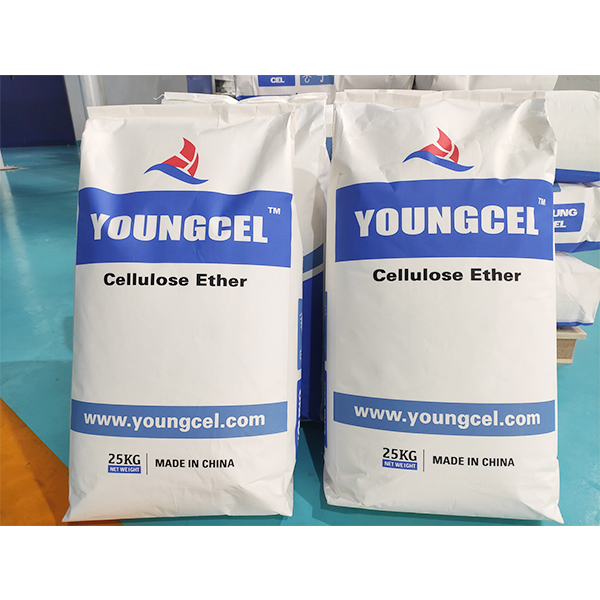Understanding Cellulose The Versatile Biopolymer
Cellulose is a remarkable biopolymer that plays a crucial role in the structure and function of a wide variety of natural materials. As the most abundant organic polymer on Earth, cellulose is a primary component of the cell walls in plants, providing rigidity and strength. It is formed from long chains of glucose molecules, which are linked together by β-1,4-glycosidic bonds. This unique structure gives cellulose its distinct properties, making it an essential resource across various industries.
Understanding Cellulose The Versatile Biopolymer
Cellulose is also known for its outstanding mechanical properties. In addition to providing structural support to plants, it has excellent tensile strength and toughness, making it suitable for various applications. In the textile industry, cellulose fibers, such as cotton and lyocell, are favored for their softness, breathability, and moisture-wicking capabilities. These fibers are not only comfortable to wear but also biodegradable, aligning well with the increasing consumer demand for sustainable clothing options.
cellulose material

In recent years, cellulose has gained attention in the field of biomedicine. Its biocompatibility and non-toxicity make it an appealing choice for developing innovative medical devices and drug delivery systems. Researchers are exploring cellulose-based hydrogels that can mimic the extracellular matrix in tissues, providing a supportive environment for cell growth. Such advancements hold the potential to revolutionize tissue engineering and regenerative medicine, offering new solutions for treating injuries and chronic diseases.
Furthermore, the versatility of cellulose extends to the food industry. Microcrystalline cellulose, a refined form of cellulose, is commonly used as a food additive due to its properties as a thickening agent and stabilizer. It enhances the texture of various products, from sauces to baked goods, improving mouthfeel and consistency. Additionally, cellulose can serve as a source of dietary fiber, promoting digestive health and contributing to overall well-being.
The utilization of cellulose is not limited to traditional applications; innovative approaches continue to emerge. Researchers are exploring the potential of cellulose nanocrystals and nanofibers, which possess unique properties at the nanoscale. These materials are lightweight and possess high strength-to-weight ratios, making them suitable for advanced composites and high-performance materials in industries such as aerospace and automotive.
In conclusion, cellulose is a multifunctional biopolymer with a wide range of applications that extend from natural materials to advanced technologies. Its inherent properties, including biodegradability, mechanical strength, and biocompatibility, make it an essential resource in various fields, including textiles, food, biomedical, and environmental sustainability. As research and innovation continue to advance, the potential of cellulose is boundless, promising a future where this natural material contributes significantly to a sustainable and eco-friendly world. Embracing cellulose not only leads to practical solutions for modern challenges but also supports a more harmonious relationship with our planet.




